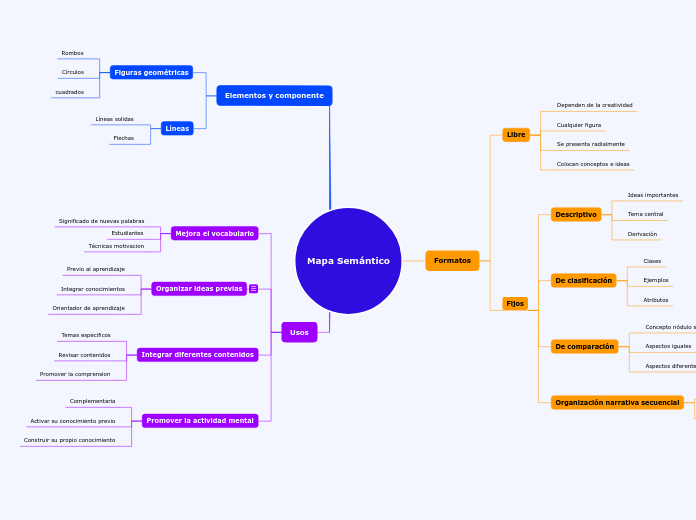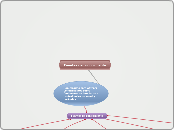Mapa Semántico
In linguistics, syntax is the set of rules, principles, and processes that govern the structure of sentences in a given language, usually including word order.
Usos
A compound sentence is a sentence that has at least two independent clauses joined by a comma, semicolon or conjunction. An independent clause is a clause that has a subject and verb and forms a complete thought.
Promover la actividad mental
Construir su propio conocimiento
Activar su conocimiento previo
Complementaria
Integrar diferentes contenidos
Promover la comprension
Revisar contenidos
Temas especificos
Organizar ideas previas
Grupo 7
Fernández Celestino Willian Josué
Ramírez Asís Edwin Hernan
López Coral Juanita Isabel
López Julca Ronald Regan
Yslado Méndez Rosario Margarita
Create your own compound sentences, using the coordinators above.
Orientador de aprendizaje
Integrar conocimientos
Previo al aprendizaje
Mejora el vocabulario
When independent clauses are joined with coordinators (also called coordinating conjunctions), commas and semicolons, they do more than just join the clauses. They add meaning and flow to your writing.
Técnicas motivacion
Estudiantes
Significado de nuevas palabras
Elementos y componente
A complex sentence is a sentence that contains an independent clause and one or more dependent clauses.
An independent clause can stand alone as a sentence, but a dependent clause even though it has a subject and a verb cannot stand alone.
Líneas
A predicative clause may be introduced by conjunctions - that, whether, whether... or, as, as if, as though, because, lest, the way - or connectives.
The latter may be conjunctive pronouns - who, whoever, what, whatever, which - or conjunctive adverbs - where, wherever, when, whenever, how, why.
Flechas
Líneas solidas
Figuras geométricas
The object clause is a phrase on which a verb performs an action. It falls at the end of a sentence, and is governed by a verb or a preposition.
cuadrados
Círculos
Rombos
Formatos
Fijos
Organización narrativa secuencial
Señala etapas
Flecha gruesa
De comparación
Traditional grammar defines the object in a sentence as the entity that is acted upon by the subject.
Aspectos diferentes
Aspectos iguales
The indirect object identifies the person/thing for whom/which the action of the verb is performed.
The indirect object is usually a person or a thing.
Concepto nódulo superior
The direct object is the receiver of the action mentioned in the sentence.
De clasificación
The predicate of a sentence is the part that modifies the subject in some way. Because the subject is the person, place, or thing that a sentence is about, the predicate must contain a verb explaining what the subject does and can also include a modifier.
Atributos
Ejemplos
Clases
Descriptivo
The subject of a sentence is the person, place, thing, or idea that is doing or being something. You can find the subject of a sentence if you can find the verb.
Ask the question, 'Who or what 'verbs' or 'verbed'?' and the answer to that question is the subject.
Derivación
Tema central
Ideas importantes
Libre
The predicative is defined as an adjective or noun forming or contained in the predicate.
Its main trait is that it serves to express a property that is assigned to a 'subject'.
For e.g.: The dog is old.
Colocan conceptos e ideas
Se presenta radialmente
Cualquier figura
Dependen de la creatividad









